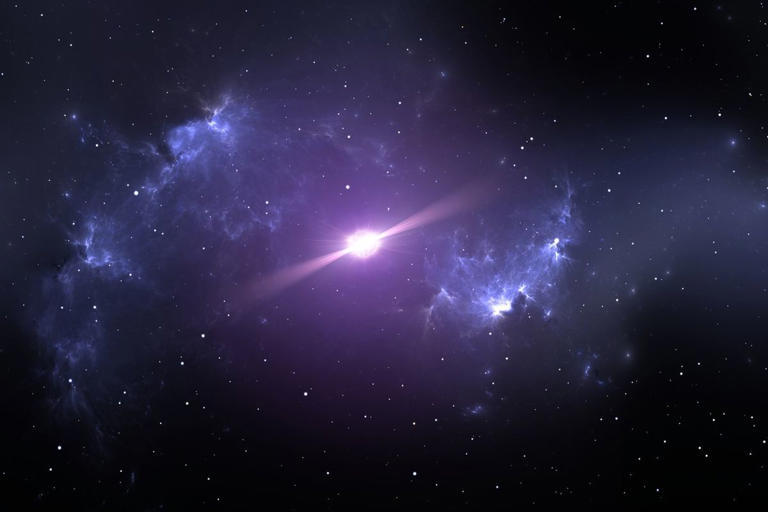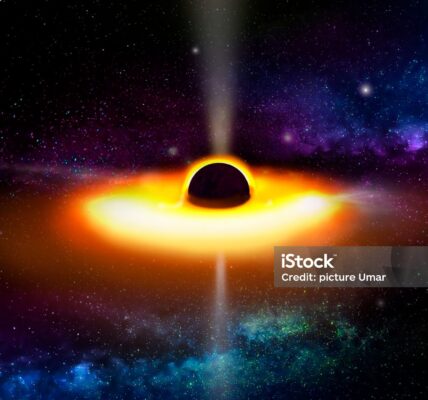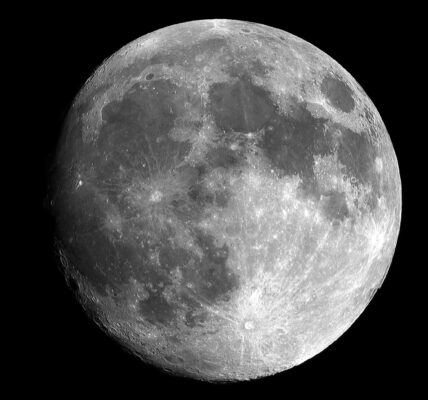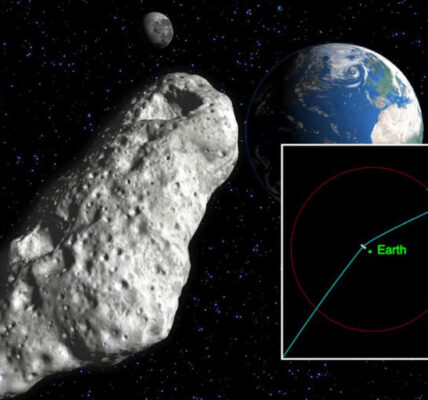3I/ATLAS Interstellar Comet Discovery has revealed new details about a massive object traveling through our solar system. Scientists are analyzing its size, speed, and mysterious origins, sparking debates about whether it’s a natural comet or something more intriguing.

© GB News
3I/ATLAS Interstellar Comet Discovery: The Largest Interstellar Object Found
The 3I/ATLAS Interstellar Comet Discovery has fascinated scientists and space enthusiasts alike. That makes it even larger than Mount Everest. The discovery has sparked debates in the scientific community, with some experts suggesting it could be a natural comet, while others are not ruling out the possibility of alien technology.
The 3I/ATLAS Interstellar Comet Discovery became possible thanks to the Vera C. Rubin Observatory, which captured images of the object before it was officially recognized. Since July 1, astronomers have been diving into more data to learn about its characteristics. Using advanced imaging technology, scientists determined the comet’s core size is approximately 3.5 miles in radius, which translates to a diameter of about seven miles.
This measurement makes the 3I/ATLAS Interstellar Comet Discovery the largest interstellar object ever detected passing through our solar system. Its enormous size has led researchers to compare it to other well-known visitors from beyond, like ʻOumuamua and Comet Borisov, both of which had captured headlines in past years.
What Makes 3I/ATLAS Interstellar Comet Discovery So Special?
What’s intriguing is its unusual speed and trajectory. Traveling at nearly 60 kilometers per second, it’s moving much faster than typical comets. This rapid movement has raised questions about how a natural object could achieve such velocity and the specific path it’s taking towards the inner solar system.
Professor Avi Loeb from Harvard University, known for his bold theories, has suggested that the 3I/ATLAS Interstellar Comet Discovery might be artificial in nature. He points out that it’s hard to imagine a natural process that would propel a comet towards the heart of our solar system at such a tremendous speed. In his view, there’s a chance the object could be designed by an advanced extraterrestrial civilization.
Scientists Split on 3I/ATLAS Interstellar Comet Discovery’s Origin
While Professor Loeb entertains the possibility of alien involvement, many scientists are more cautious. Chris Lintott, an astronomer at Oxford University, dismissed these speculations, calling them “nonsense on stilts.” He believes that such claims distract from the serious scientific efforts aimed at understanding the 3I/ATLAS Interstellar Comet Discovery.
Lintott emphasizes that there’s a lot of exciting research being done on this object, and sensational theories about alien spacecraft don’t do justice to the rigorous data analysis underway. The majority view among astronomers is that 3I/ATLAS is a natural comet, not a craft built by intelligent beings.
Composition of 3I/ATLAS Interstellar Comet Discovery Points to Natural Origins
Adding weight to the natural comet theory is the composition of 3I/ATLAS. Observations show that it has a coma—a large cloud of ice, dust, and gas that surrounds its solid core. This coma is typical of comets that originate in distant parts of space and get heated as they approach the sun.
Researchers predict that the 3I/ATLAS Interstellar Comet Discovery contains significant amounts of ice and dust within its coma. These findings align with what scientists expect from a comet rather than an artificial object. For alien enthusiasts, this may come as a disappointment, as the current evidence suggests that 3I/ATLAS is a naturally occurring space body.
The Debate Over 3I/ATLAS Interstellar Comet Discovery Continues
Despite the growing consensus that the 3I/ATLAS Interstellar Comet Discovery is a natural comet, the debate is far from over. The object’s sheer size and extraordinary speed continue to fuel discussions about its origin.
Professor Loeb argues that while natural explanations are valid, we should not completely dismiss alternative ideas. He believes that science should keep an open mind, especially when dealing with unknown objects from interstellar space. According to Loeb, the 3I/ATLAS Interstellar Comet Discovery could teach us much more, whether it’s natural or not.
3I/ATLAS Interstellar Comet Discovery vs. ʻOumuamua and Borisov
When comparing the 3I/ATLAS Interstellar Comet Discovery to past interstellar objects, it becomes clear why this comet is drawing so much attention. ʻOumuamua, discovered in 2017, was cigar-shaped and had an unusual tumbling motion, while Comet Borisov, found in 2019, was more like a typical comet in appearance.
However, both objects were significantly smaller than 3I/ATLAS, making this new discovery the largest known object to have entered our solar system from beyond. Its size, combined with its high velocity, makes it a unique case study for scientists eager to understand interstellar visitors.
The Future of 3I/ATLAS Interstellar Comet Discovery Research
The 3I/ATLAS Interstellar Comet Discovery is still being closely monitored. As it travels through the solar system, scientists will continue to collect data on its composition, trajectory, and physical properties. The goal is to gather enough information to definitively classify it as a natural comet or, in the unlikely scenario, something more artificial.
For now, the prevailing scientific opinion leans towards a natural origin, but the curiosity surrounding the 3I/ATLAS Interstellar Comet Discovery ensures that it will remain a hot topic in space research. As more data becomes available, we will get closer to understanding the true nature of this enormous interstellar object.
Related:
Primordial Black Holes Evidence: 3 Astonishing Breakthroughs



